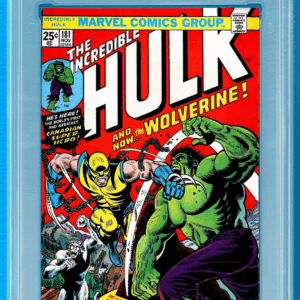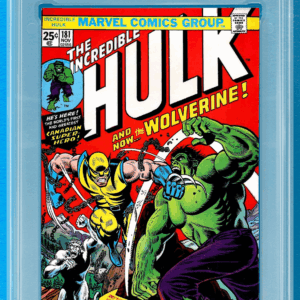Ah, the sweet scent of nostalgia and collectible cardboard—an aroma powerful enough to drag both the baby boomers and millennials into a feverish hunt for Pokémon cards. If you’ve noticed mile-long lines stretching outside stores on Fridays, then you’re witnessing a phenomenon that’s kicked back into high gear, reminiscent of the notorious sports card escapades of the early ’90s. This isn’t just a trip down memory lane but a blistering sprint towards profit—or so some hope. But the real question echoing among the keen collectors and seasoned analysts alike is: How long until the Pokémon Trading Card Game (TCG) bubble bursts?
Let’s paint the picture of a typical restock day, a 9-to-5 worker’s caffeine-fueled endurance test transposed into a cardboard chase. Every Friday, steely-eyed collectors and scalpers morph into modern-day bandits, each elbowing the other to snatch whatever limited edition deck hits the shelves. Now, scalpers, for those uninitiated, are the savvy business connoisseurs ready to battle toddlers—or perhaps their parents—in the name of reselling glory. Their modus operandi usually involves racking up significant credit on sleeker-than-average plastic, hoarding boxes with the fervor of a squirrel in autumn, waiting for those investments to ripen into ripe fruits of financial returns.
Of course, in any good drama, there’s collateral damage. Casual collectors, especially the younger enthusiasts who just want to swap Pikachu for Charizard during recess, find themselves in a relentless cycle of disappointment. Store shelves transform into barren landscapes mere moments after restocking, as the lucrative fugitive race carries out its rob-and-sell-at-profit scheme. The innocent allure of snagging some shiny, new Pokémon cards is often usurped by underground resellers listing their stockpile online at wallet-busting prices.
Here’s where we segue into the realm of overprinting—a term hauntingly familiar to those privy to the pitfalls of speculative investing. The Pokémon Company, spotting a golden goose laying glittery eggs, has cranked up production lines to meet the ravenous demand. Sets like “Evolving Skies,” “Crown Zenith,” and promotional gems like the “Van Gogh Pikachu” are now saturating the market faster than you can say “gotta catch ‘em all.”
Take a moment to envision the “Van Gogh Pikachu” card, an artistic marvel drowning in its own abundance. With around 40,000 graded PSA 10 copies flooding the scene, it epitomizes market saturation—a dazzling sun drowning in a saturated sky. What was once a beacon of rare collectible joy is now a standard rain shower of cards, their esteemed shelves overflowing.
The Pokémon TCG frenzy begins to chime a familiar melody—the tune of despair played during the sports card bubble collapse of yesteryear. Recall the era where card manufacturers, drunk on soaring demand, pumped out sports cards ad infinitum. Collectors, blinded by glittering promises of unending rarity, were dealt a harsh hand—the boom going bust in an explosion of furious cardboard confetti. For Pokémon, the ominous echoes are growing louder, as speculative buying, overhyped prices, and an ever-expanding pool of PSA 10s mimic the ghosts of indulgence past.
So, when exactly will this vibrant Pokémon TCG drama play its final act? Predicting a precise collapse is akin to gauging when exactly your salty cracker will break—almost impossible, yet inherently certain. The threads of this ballooning bubble are showing signs of stretch. Scalpers, perhaps already adrift in their sea of credit-card induced debt, may soon be forced to offload their precious cargo at nosedived prices when the bubble’s echo starts to reverberate. Meanwhile, collectors become cognizant of the market mirage—hyped overabundance masquerading as a treasure trove—and might begin retreating from the table, driving prices into a downward spiral.
Veteran collectors, the sage elders of the Pokémon plains, offer a simple mantra: ride the wave with caution and keep patience as your trusted ally. The art of collecting isn’t merely in its frenzied pace but in understanding the rarity that lends value—it isn’t manufactured excitement but genuine scarcity that ensures legacy.
As we gaze into this whirlwind of trading card mania, remember that every bubble, no matter how colorful or grand, shares one destiny—it is bound to pop. When it does, let’s hope the residue leaves behind gems of knowledge and moderation, enabling future enthusiasts to revel in true collectibles and not mere reflections in a sagging bubble. Who knows? When this epilogue plays out, perhaps the next Pokémon card you hold will have a story to tell—not bound by hype, but by genuine allure.






